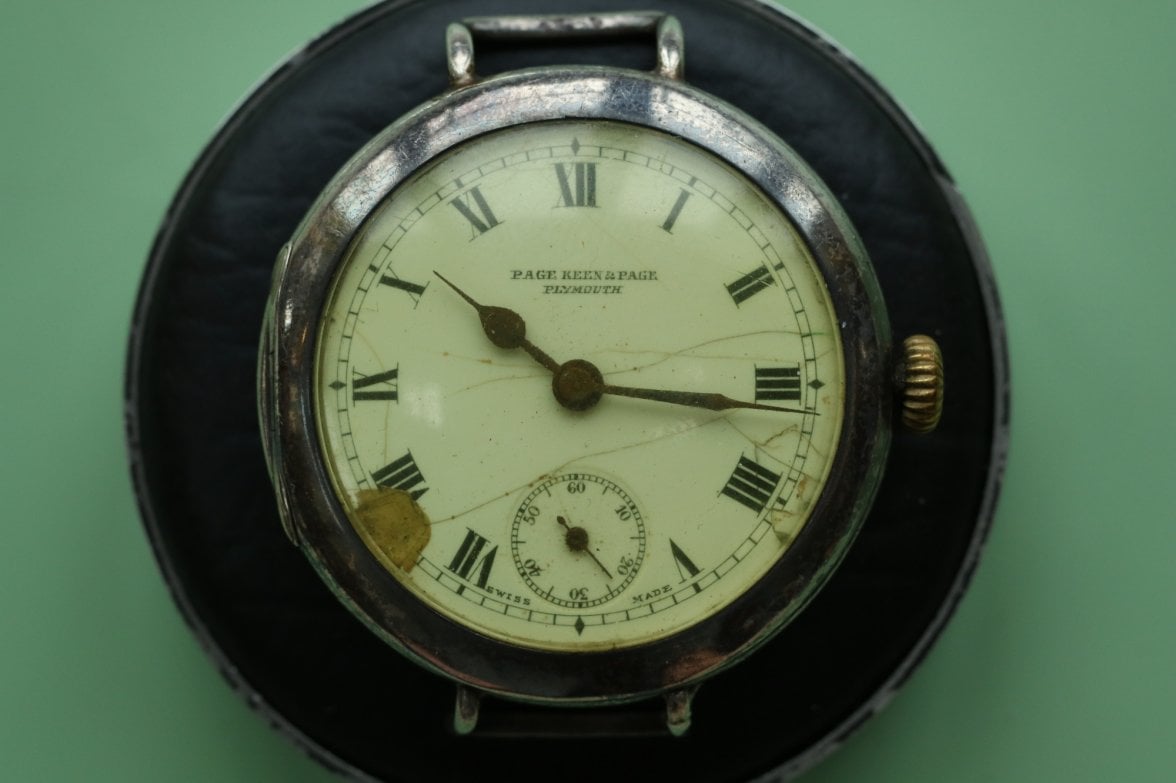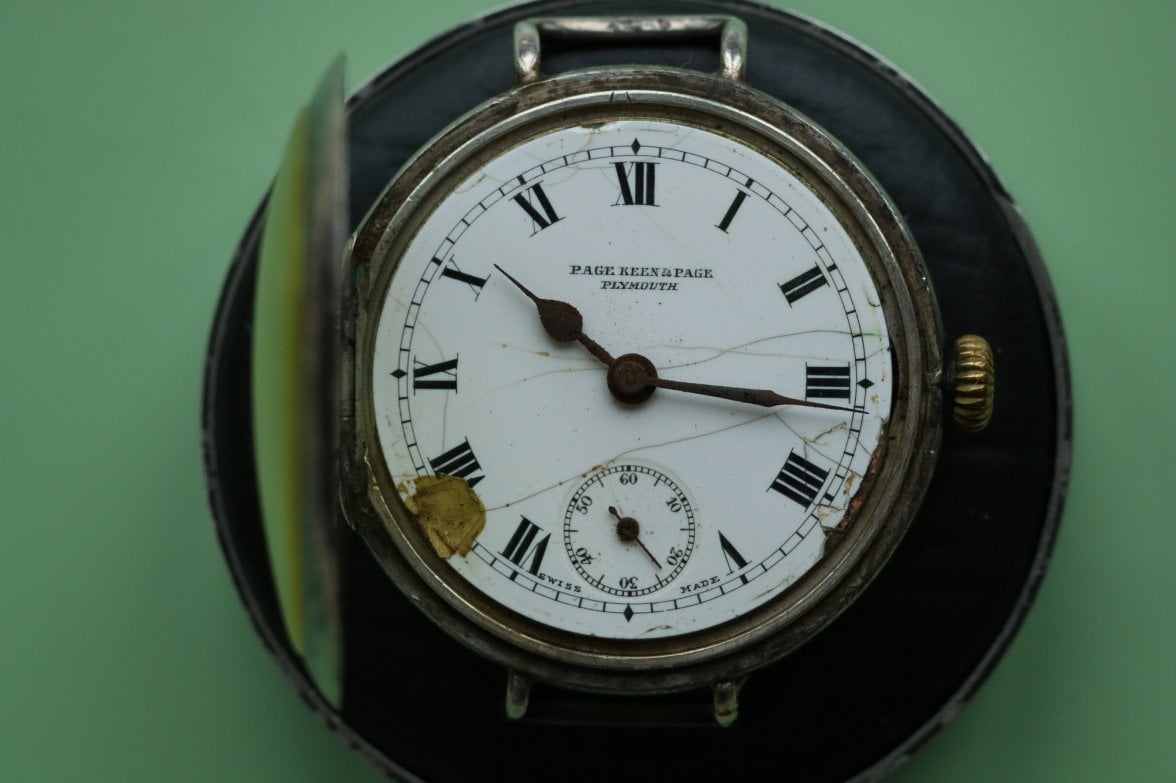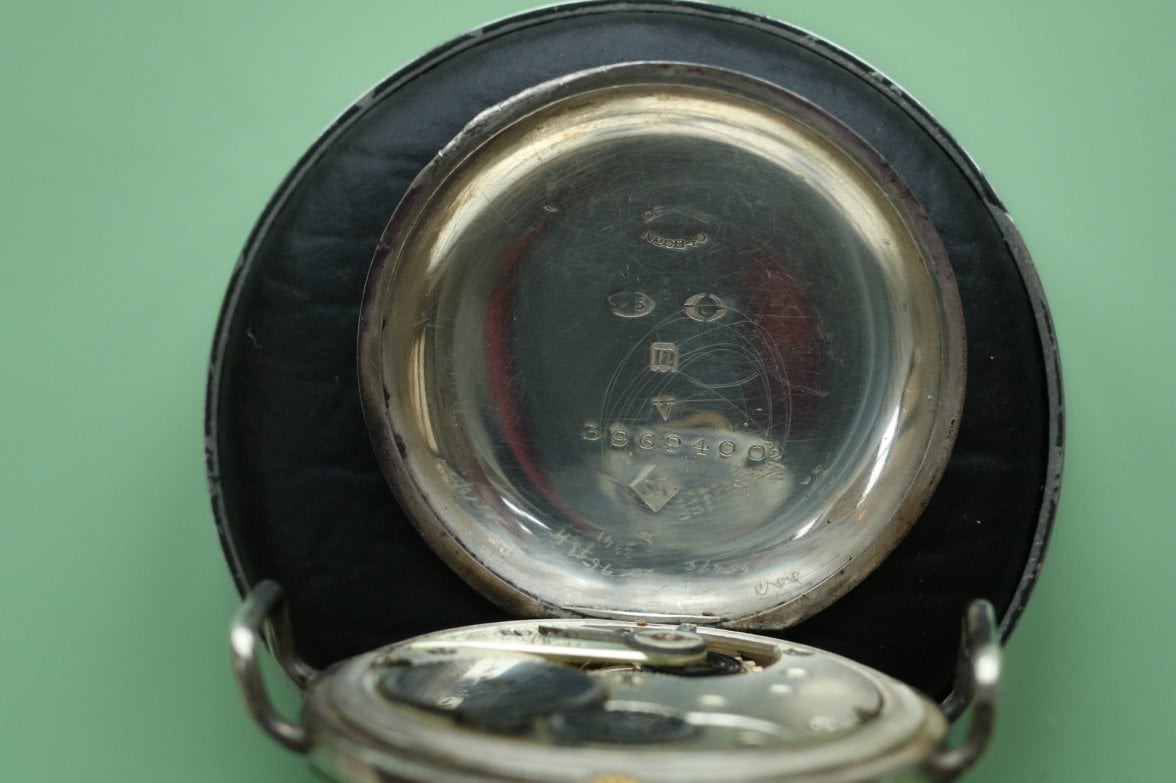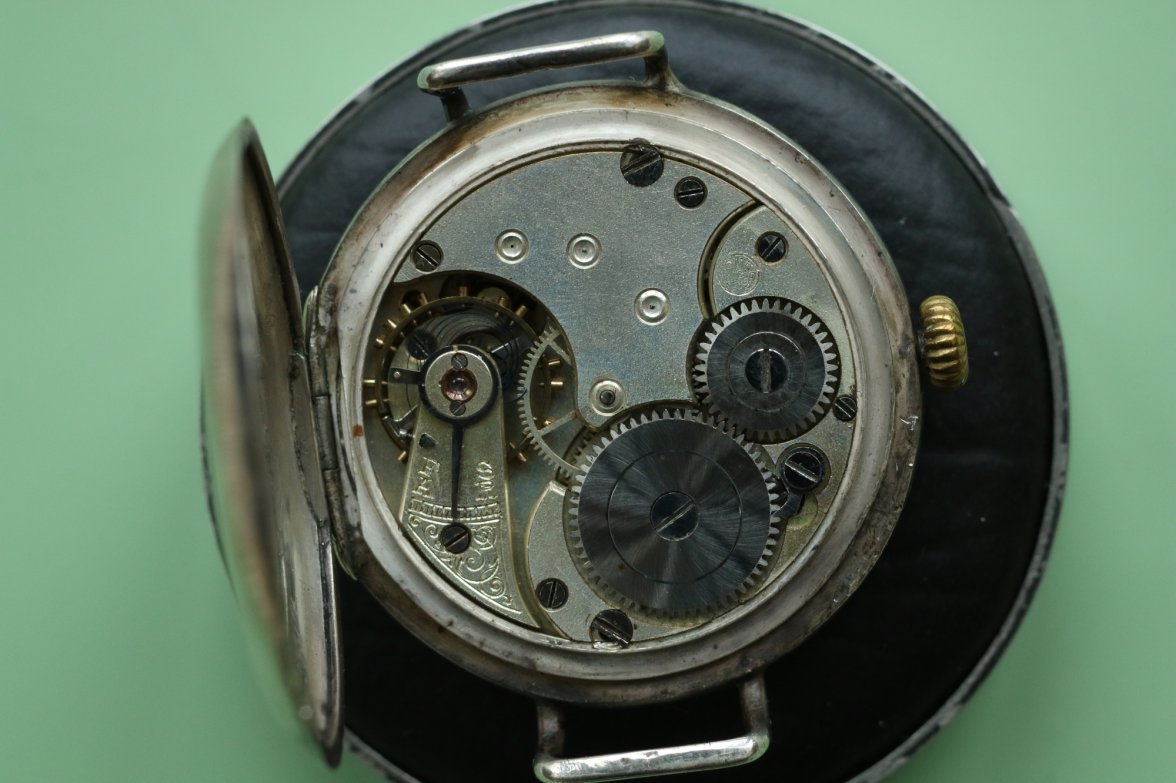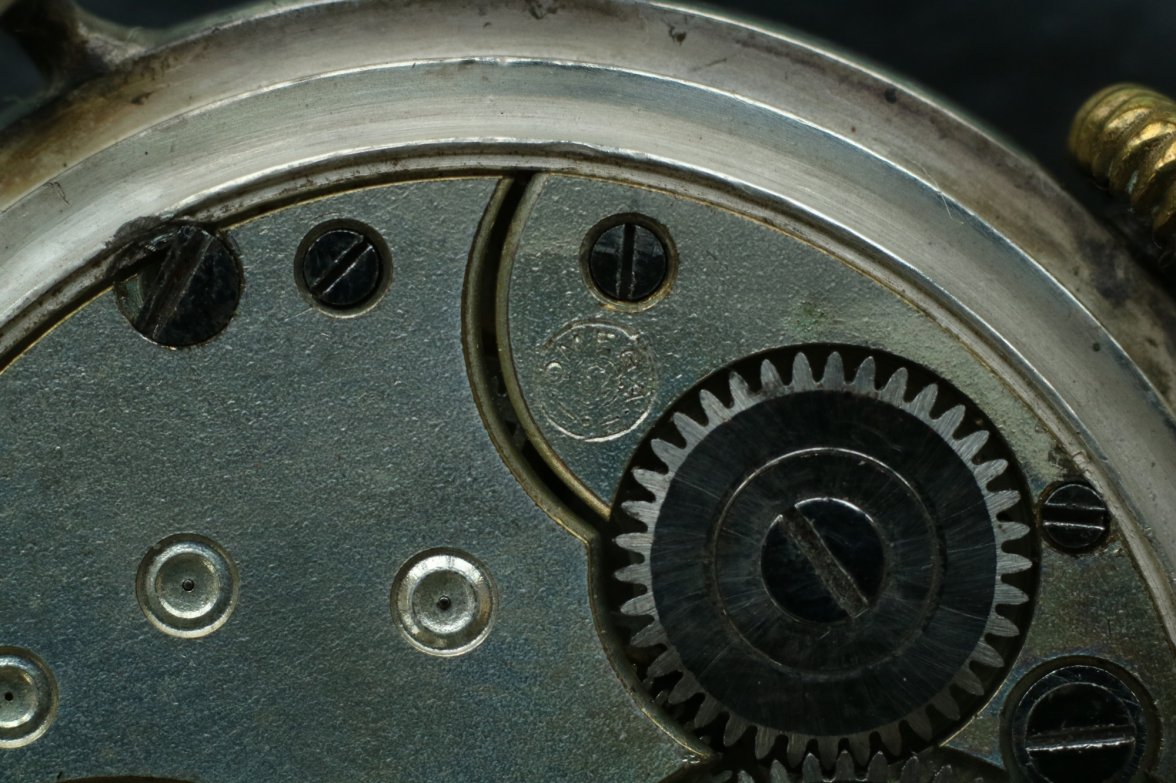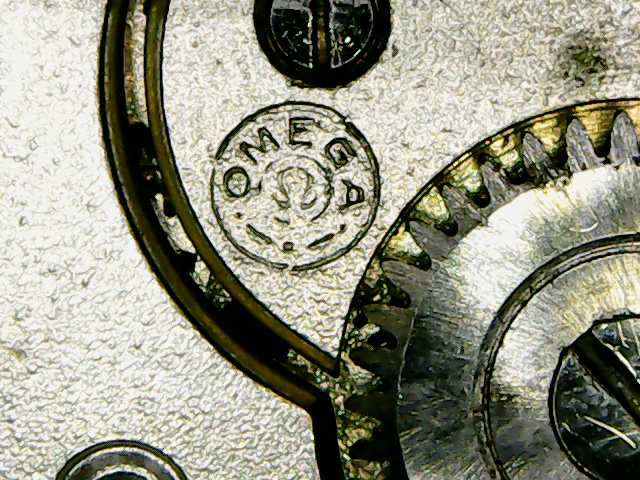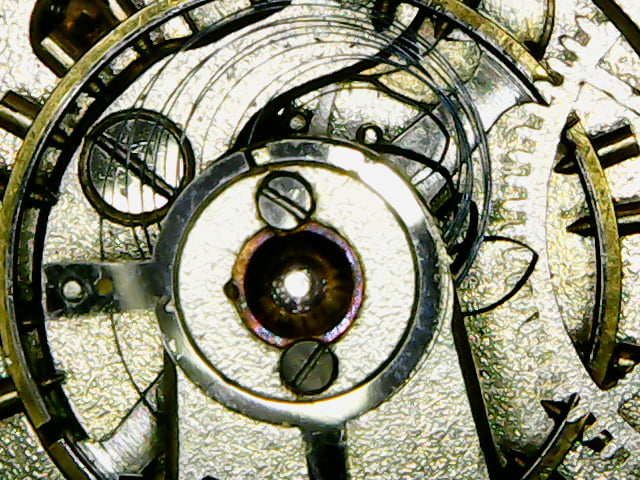- Posts
- 3
- Likes
- 2
Mithoule
·Hi all,
I'm new here and this is my first posting, so hope its in the right place.
My friend gave me this watch to look at. No attempt has been made yet at any disassembly. I want to see if I can find more info before doing so. As you can see the dial is marked “Page Keen & Page Plymouth”, while the movement has the Omega stamp, and from my research appears to be an early 13” (it measures about 28.5mm) Omega movement (with 7 Jewels?).
From some quick research, Page Keen and Page was a silversmith, jewellers and “watchmakers” that seems to have been in business from about 1811 to 1970's when the name was lost after a merger. They were based in Plymouth, England.
The English silver import marks inside the case give the year of import as 1907.
So can anyone shed any light on the movement? Is it rare to find Omega movements in a non-branded Omega watch? Since the movement appears to be only a 7 jewel movement, did Omega supply such “lesser” movements to other brands? Does this make the watch rarer than an Omega branded watch of the same period? Is it worth more or less than an Omega branded watch? Is the movement contemporary with the case?
As you can see in the pics, the hairspring has been completely mangled. Does anyone know if any spares can be obtained from anywhere?
Any info would be welcome.
Tim
I'm new here and this is my first posting, so hope its in the right place.
My friend gave me this watch to look at. No attempt has been made yet at any disassembly. I want to see if I can find more info before doing so. As you can see the dial is marked “Page Keen & Page Plymouth”, while the movement has the Omega stamp, and from my research appears to be an early 13” (it measures about 28.5mm) Omega movement (with 7 Jewels?).
From some quick research, Page Keen and Page was a silversmith, jewellers and “watchmakers” that seems to have been in business from about 1811 to 1970's when the name was lost after a merger. They were based in Plymouth, England.
The English silver import marks inside the case give the year of import as 1907.
So can anyone shed any light on the movement? Is it rare to find Omega movements in a non-branded Omega watch? Since the movement appears to be only a 7 jewel movement, did Omega supply such “lesser” movements to other brands? Does this make the watch rarer than an Omega branded watch of the same period? Is it worth more or less than an Omega branded watch? Is the movement contemporary with the case?
As you can see in the pics, the hairspring has been completely mangled. Does anyone know if any spares can be obtained from anywhere?
Any info would be welcome.
Tim
